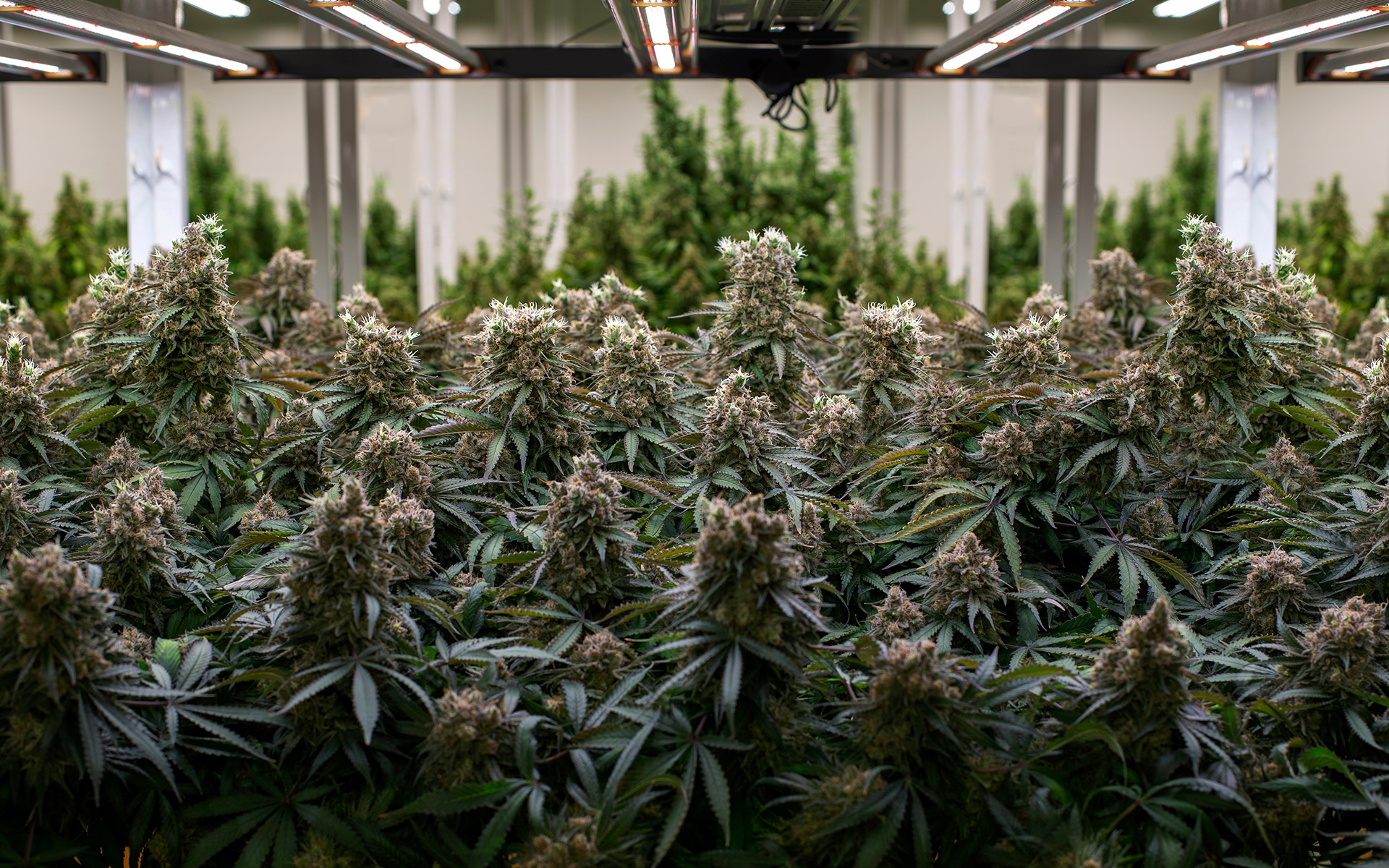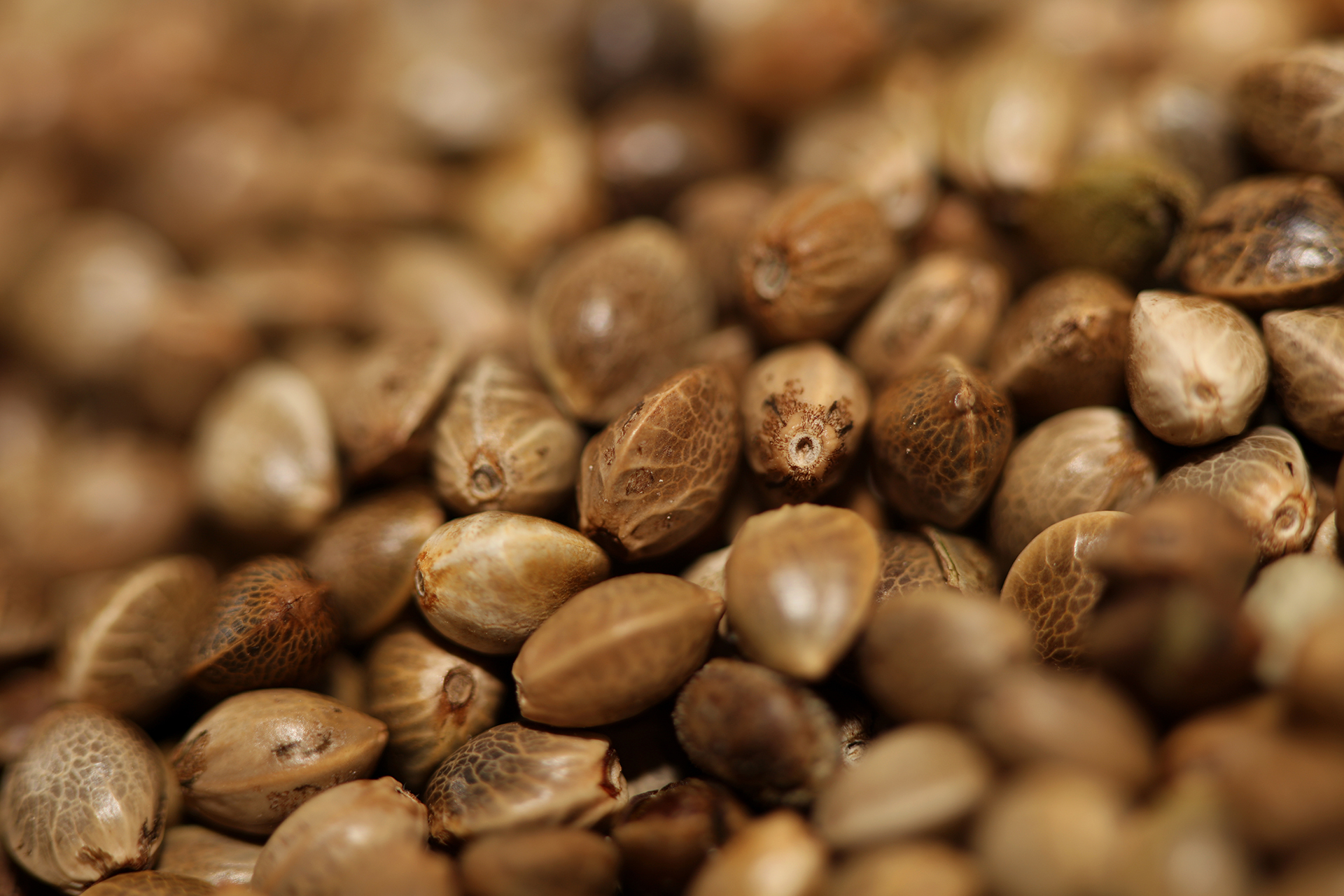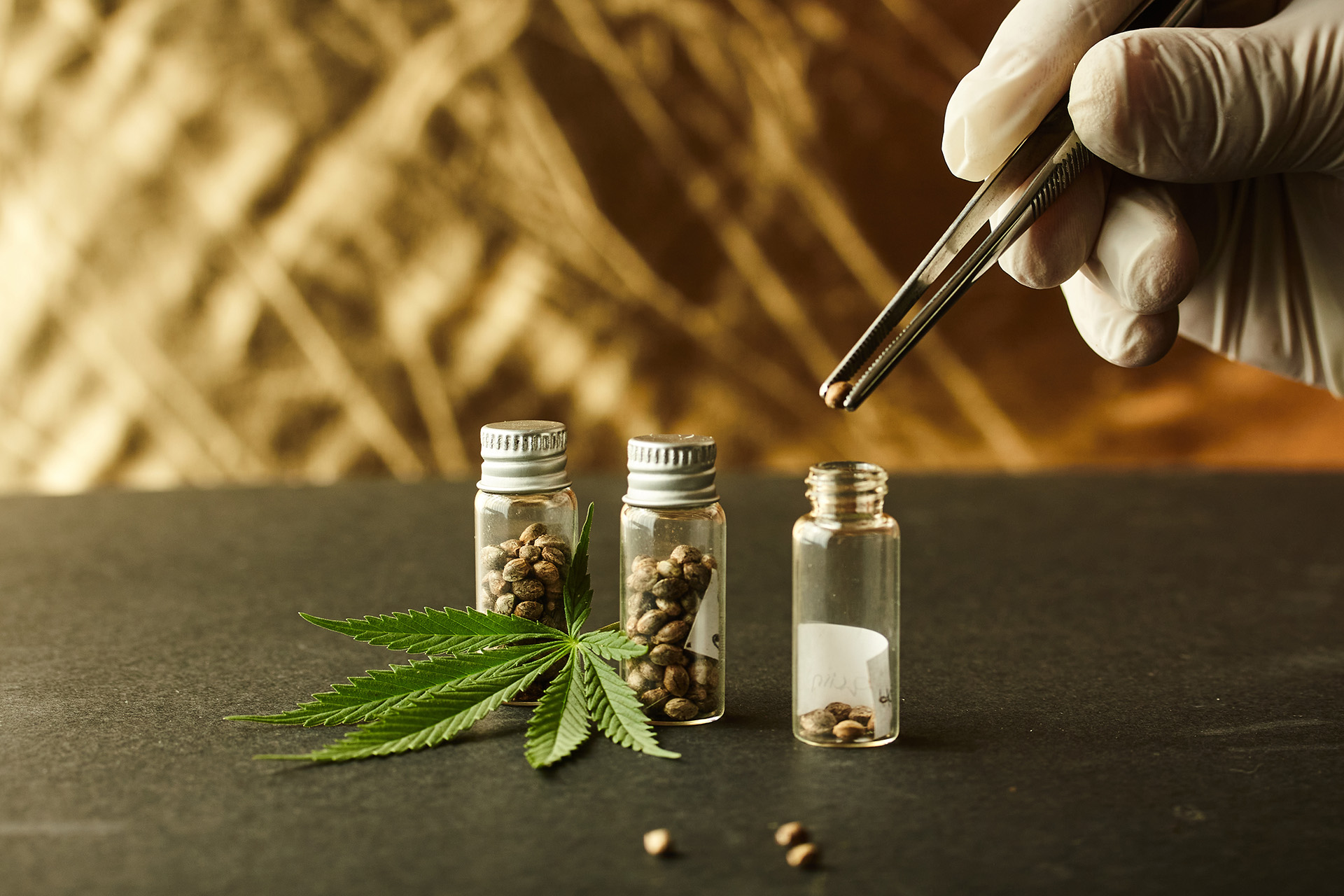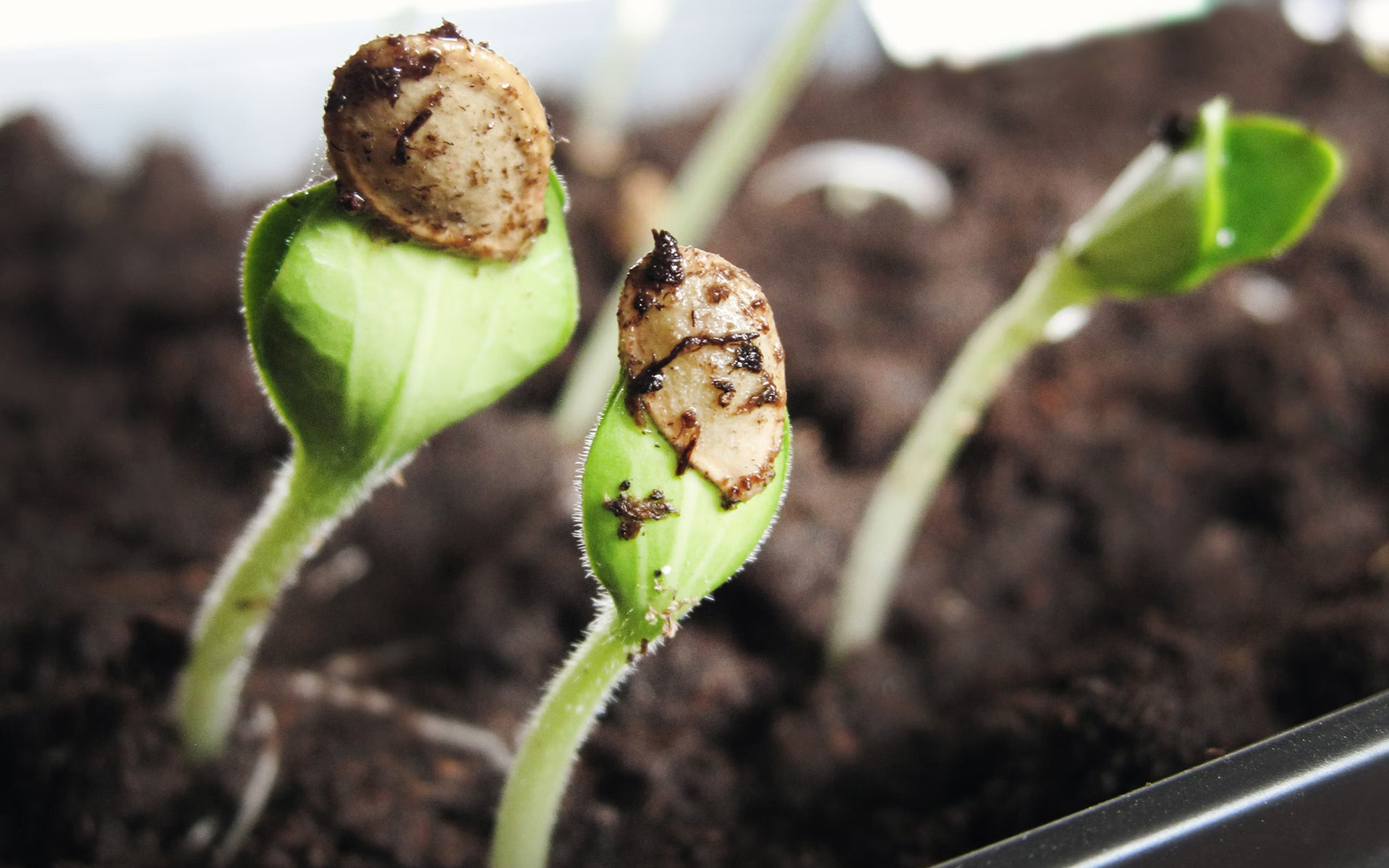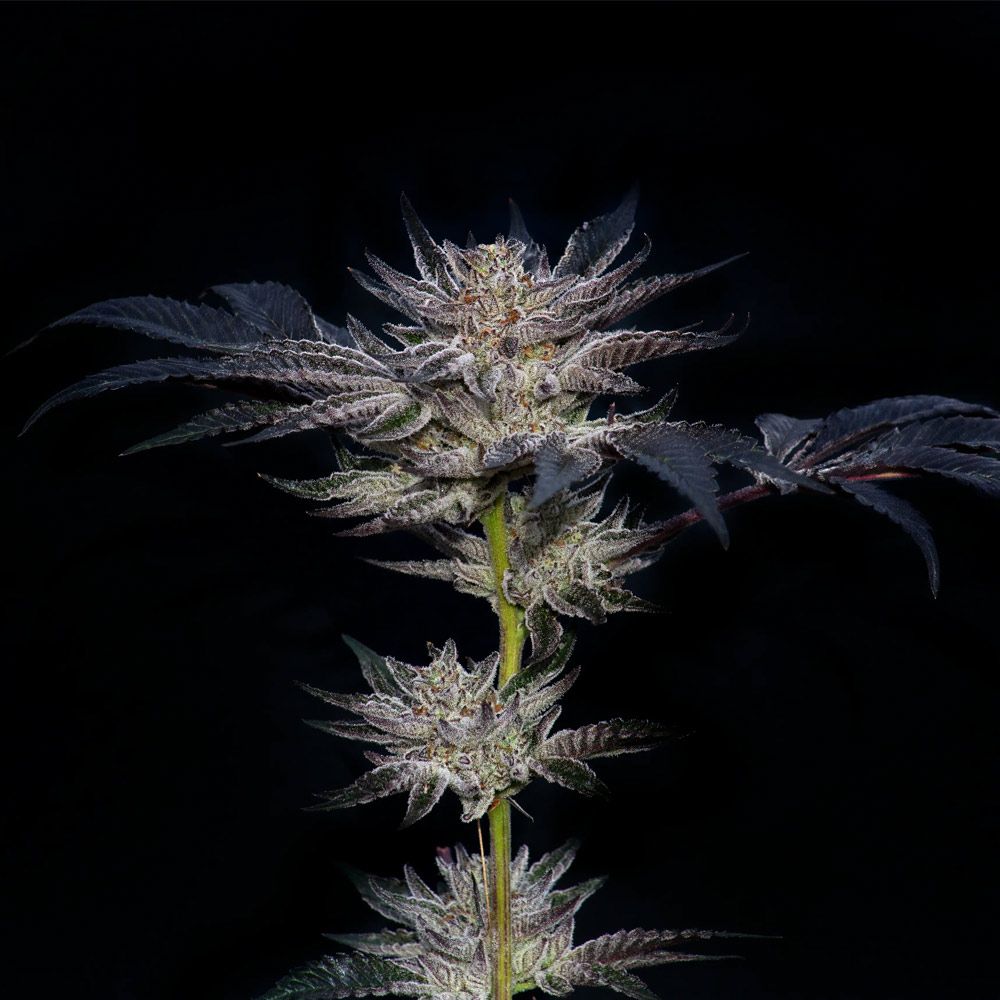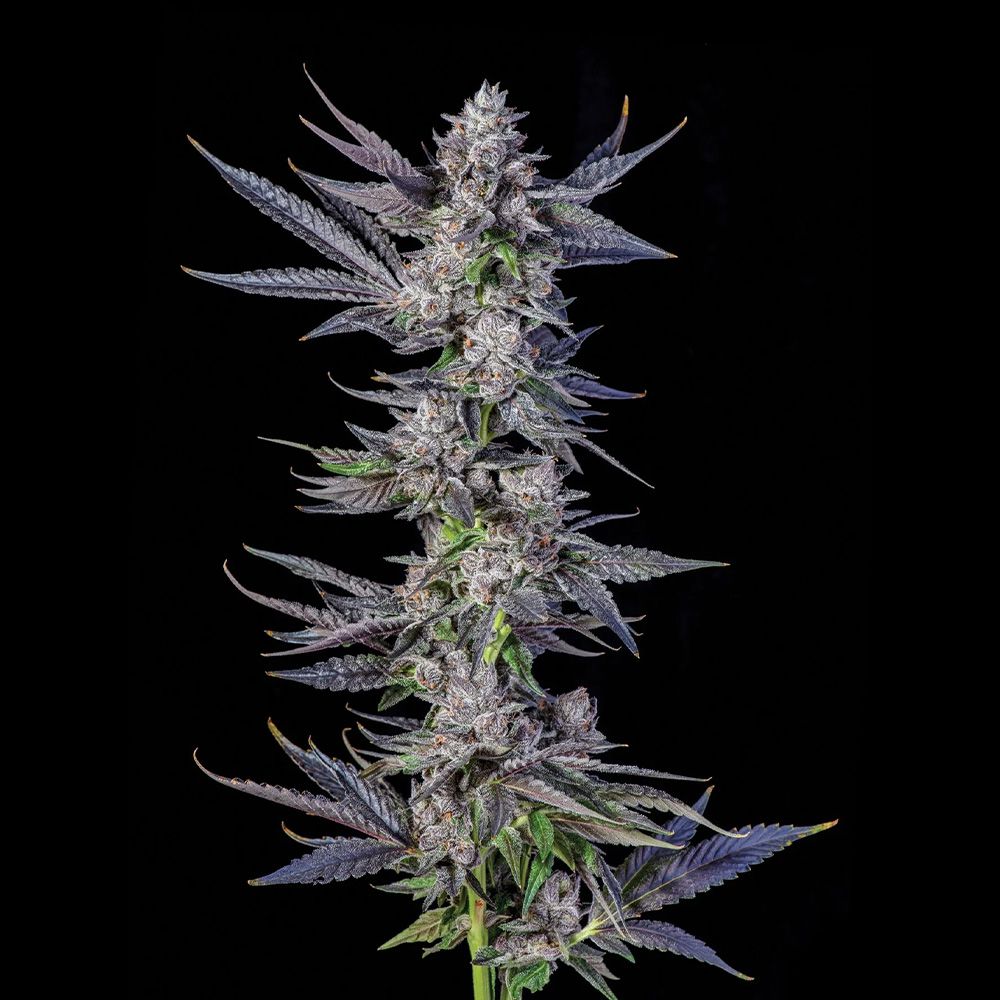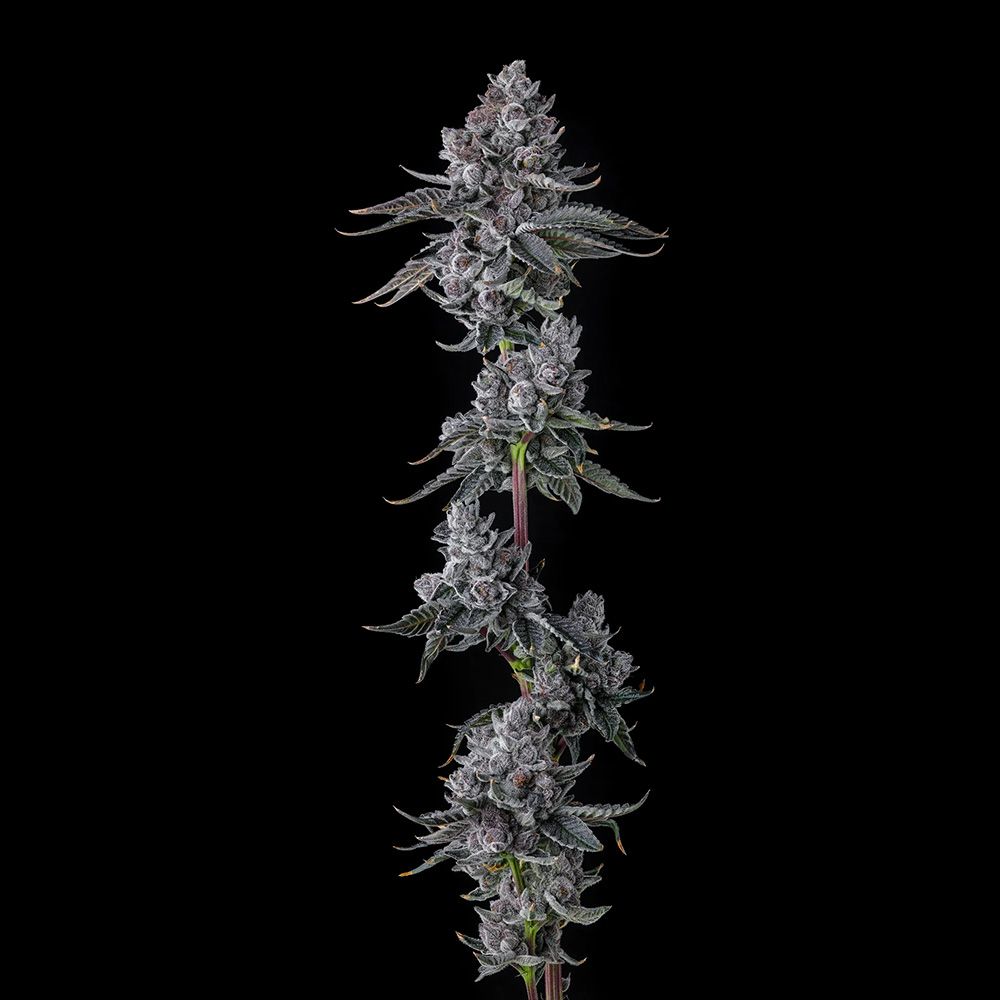What Are Autoflowering Cannabis Seeds? A Complete Guide for Growers
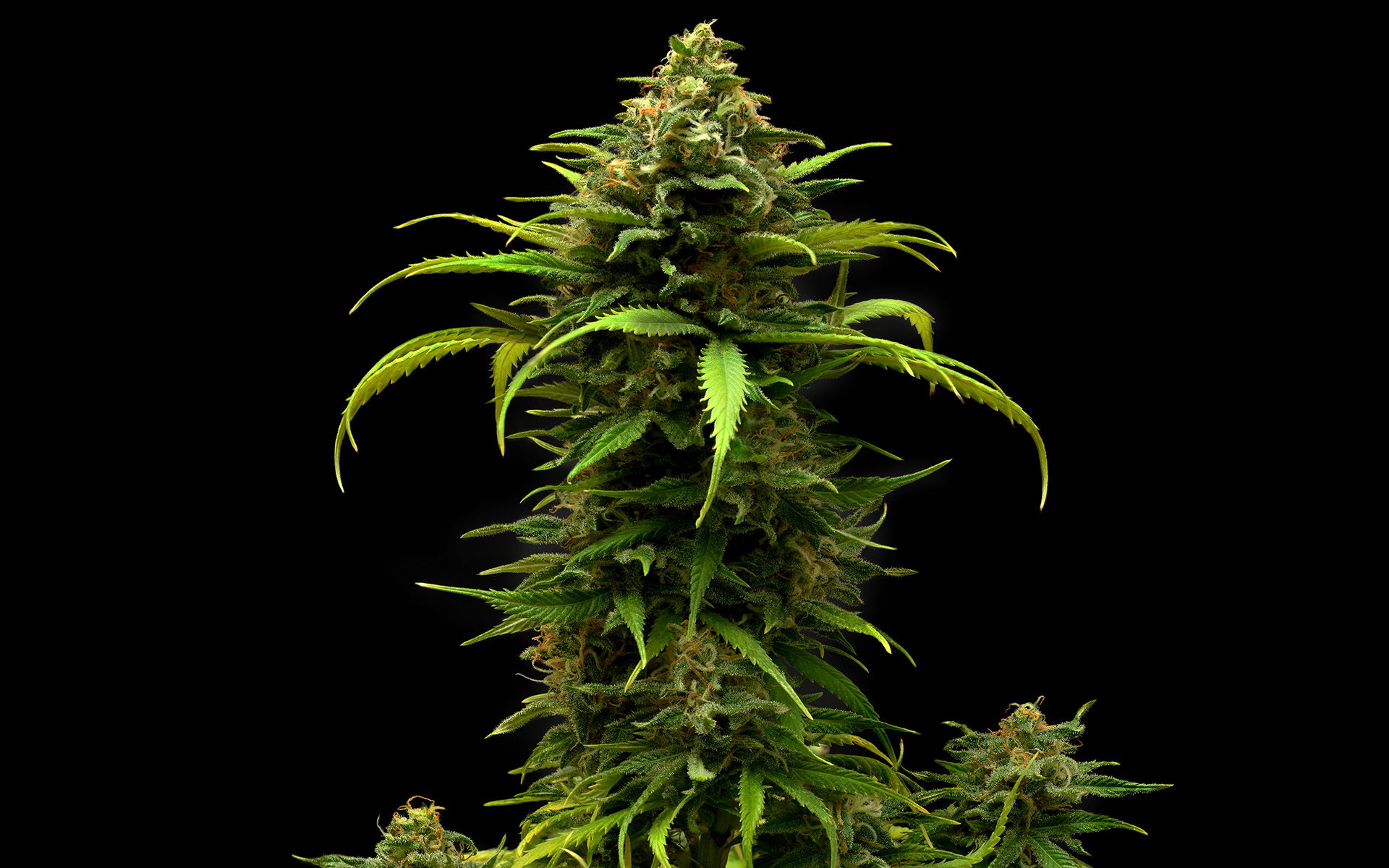
Autoflowering cannabis seeds have become a game-changer for cannabis enthusiasts, growers, and collectors alike. But what are autoflowering cannabis seeds, and how do they differ from traditional options? If you're wondering, "What are autoflowering cannabis seeds and why are they a popular choice?", this guide will provide the answers, offering a unique and efficient alternative to traditional photoperiod seeds.
Unlike their counterparts, autoflowering cannabis seeds transition from the vegetative stage to flowering based on age rather than changes in light exposure. This makes them an attractive option for those seeking simplicity and speed in cultivation.
With this innovative characteristic, growers can expect shorter harvest cycles and potentially multiple harvests within a single growing season. In this document, we will delve into what autoflowering cannabis seeds are, how they differ from photoperiod seeds, and the advantages they bring to the table for both novice and experienced cultivators.
Join us as we explore this exciting seed variety and discover the potential it holds for your growing endeavors.
What Are Autoflowering Cannabis Seeds?
Definition and Key Characteristics
Autoflowering cannabis seeds are a type of cannabis seed that have been genetically programmed to transition from the vegetative stage to the flowering stage without relying on changes in the light cycle.
This means that unlike traditional photoperiod seeds, autoflowering seeds do not require a reduction in daylight hours to initiate flowering. The primary characteristic of autoflowering seeds is their ability to flower after a certain age, typically within 2 to 4 weeks from germination.
These seeds often originate from a cross between the Cannabis ruderalis species, known for its resilience and fast flowering, and other cannabis strains like indica or sativa. As a result, autoflowering plants tend to be smaller and more compact, making them suitable for discreet and limited-space cultivation.
Additionally, they are usually feminised, ensuring that the plants produce flowers rather than seeds, which is ideal for growers focused on yield and quality.
The History and Development of Autoflowering Cannabis Seeds
Autoflowering cannabis seeds boast a relatively recent history in the world of cannabis cultivation.
The development of these seeds traces back to the utilisation of the Cannabis ruderalis plant, native to regions like Eastern Europe and Central Asia. Cannabis ruderalis is naturally adapted to short summers and limited light conditions, possessing the unique ability to flower based on age rather than photoperiod changes.
Breeders began crossbreeding ruderalis with indica and sativa strains to create hybrids that inherit the autoflowering trait. The first successful commercial strains appeared in the early 2000s, initially met with skepticism due to their lower potency and yields compared to traditional strains.
However, continuous breeding advancements have significantly improved these characteristics, leading to modern autoflowering strains that feature enhanced potency, flavour, and yield. Today, autoflowering seeds are increasingly popular, offering a practical solution for growers seeking efficiency and ease in their cultivation processes.
Summary
Autoflowering seeds offer a unique blend of traits inherited from their Cannabis ruderalis lineage, making them an adaptable and efficient choice for growers. Their genetic programming for automatic flowering and compact size highlights their appeal for both beginners and experienced cultivators.
What Are the Advantages of Autoflowering Cannabis Seeds for Growers?
Growth Cycle, Light Requirements, and Speed
Autoflowering cannabis seeds distinguish themselves from photoperiod seeds in several ways, answering the question, "What are autoflowering cannabis seeds and why are they popular among growers?"
Their rapid growth cycles and simplicity in light requirements make them a standout choice. Unlike photoperiod seeds, which depend on changes in light exposure to initiate flowering, autoflowering seeds are genetically set to flower after a specific period, typically between 2 to 4 weeks from germination.
This shorter life cycle, taking about 8 to 12 weeks from seed to harvest, allows for multiple harvests within a single season. Autoflowering plants thrive under a consistent light schedule, often with 18 to 24 hours of light per day.
This simplicity reduces the need for complex light cycle management, making them an ideal choice for growers with limited time or space.
Top Tip: Autoflowering plants thrive with the right setup. To maximise light efficiency, consider reflective grow tents that enhance light exposure to all parts of your plant.
Do Autoflowering Cannabis Seeds Offer High Yields and Potency?
Autoflowering plants are generally smaller and more compact, often resulting in lower yields compared to their photoperiod counterparts. However, advances in breeding have improved the yield potential of many autoflowering strains, making them more competitive with traditional strains. Early autoflowering varieties were often criticised for lower THC levels due to their ruderalis genetics. Today, this gap has narrowed significantly, with many autoflower strains offering competitive potency levels that satisfy both recreational and medicinal users.
Did You Know? Autoflowering seeds have evolved significantly over the years. Modern autoflowering strains can rival photoperiod varieties in THC content, making them a powerful option for experienced users.
Why Autoflowering Cannabis Seeds Are Perfect for Versatility and Convenience
Autoflowering cannabis seeds are well-suited to a wide range of growing conditions, from indoor grow tents to outdoor gardens. Their adaptability and resilience make them an excellent option for beginners or those looking for an easy cultivation process. For optimal growth, autoflowering plants prefer well-draining soil, consistent light exposure, and stable environmental conditions. Their compact size also makes them ideal for growers with limited space or a need for discretion.
Top Tip: Outdoor growing can yield great results with proper care. When growing outdoors, use pots with drainage holes to prevent waterlogging and support healthy root development.
Summary
The combination of speed, convenience, and adaptability makes autoflowering seeds a practical and appealing choice for growers seeking efficient and hassle-free cultivation. For anyone wondering, "What are autoflowering cannabis seeds and how do they benefit me?", this guide highlights all the advantages. makes autoflowering seeds a practical and appealing choice for growers seeking efficient and hassle-free cultivation.
Advanced Growing Techniques for Autoflowering Cannabis Seeds: Tips for Success
Low-Stress Training (LST)
To maximise the potential of autoflowering plants, growers can use low-stress training (LST) techniques. LST involves gently bending and securing plant branches to encourage horizontal growth. This method improves light penetration to lower branches, promoting even canopy development and enhancing yield. Unlike high-stress techniques, such as topping, LST minimises plant stress, making it ideal for autoflowers with their shorter growth cycles.
Top Tip: Training techniques are crucial for maximising growth. Begin LST early during the vegetative stage to shape the plant effectively without causing unnecessary stress.
Nutrient Regimens
Nutrient management is critical for autoflowering plants. Due to their compact size and rapid life cycle, these plants require fewer nutrients than photoperiod strains. Start with a diluted nutrient solution during the early stages and adjust based on the plant's response. Focus on providing balanced macronutrients (nitrogen, phosphorus, and potassium) and micronutrients. Avoid overfeeding, as autoflowers have less recovery time from nutrient burn.
Did You Know? Nutrients play a vital role in autoflower development. Autoflowers thrive on low-nitrogen nutrient blends during the flowering stage to boost bud production.
Autoflowering Cannabis Seeds FAQs: Everything You Need to Know
Popular Autoflowering Strains and Their Benefits
- Amnesia Haze Autoflower
- Benefits: High THC content, uplifting and energetic effects.
- Ideal For: Daytime use and creative activities.
- Blueberry Autoflower
- Benefits: Sweet, fruity flavor and relaxing effects.
- Ideal For: Evening use and stress relief.
- Northern Lights Autoflower
- Benefits: Compact size, easy to grow, and sedative effects.
- Ideal For: Indoor growers and those seeking restful sleep.
- Gorilla Glue Autoflower
- Benefits: High resin production and potent effects.
- Ideal For: Experienced users and those seeking strong relaxation.
- AK-47 Autoflower
- Benefits: Balanced effects and fast-growing characteristics.
- Ideal For: Beginners and versatile use.
Disclaimer and Legal Information
Informational Purposes Only
The information provided regarding autoflowering cannabis seeds is intended solely for educational and informational purposes. It is essential to understand that cannabis cultivation and use are subject to varying legal restrictions depending on your jurisdiction. In the UK, for instance, cultivating cannabis remains illegal, and individuals must ensure they are aware of and comply with all local laws and regulations before considering any cultivation activities.
Readers are encouraged to conduct their own research and consult legal professionals if necessary to understand the specific laws that apply to them. This document does not advocate or encourage illegal activities and is not a substitute for professional legal advice. The content herein aims to inform enthusiasts and potential growers about autoflowering seeds, highlighting their characteristics and benefits within a legal framework where cultivation is permitted. Always verify the legality of your actions and make informed decisions based on current legal standards in your area.
Legal Considerations and Jurisdictions
When dealing with autoflowering cannabis seeds, it is crucial to consider the legal landscape, as cannabis laws can vary significantly across different jurisdictions. In some regions, cannabis cultivation for personal or medicinal use is permitted under specific conditions, while in others, it remains strictly prohibited. For instance, in the United Kingdom, growing cannabis is illegal, and individuals caught doing so can face legal penalties.
Therefore, it's imperative for anyone interested in cultivating cannabis to thoroughly research and understand the laws in their specific area. This includes checking whether there are any licensing requirements, restrictions on the number of plants, or specific regulations about indoor versus outdoor cultivation. Ignorance of the law is not a defense, so staying informed is a responsibility that should not be taken lightly. Individuals should also be aware that laws are subject to change, requiring ongoing attention to legislative updates to remain compliant and avoid potential legal issues.
Further Reading
Read more from our blog
Discover the key factors serious collectors consider when building a cannabis seed collection, from genetics and rarity to storage techniques and authentication methods.
Discover how THC and CBD levels influence cannabis seed selection. Explore high-THC seeds, balanced strains, and high-CBD options to suit your needs.
Learn about cannabis seed laws in the UK. Discover the legal status of cannabis seeds, how to buy them safely, and stay compliant with UK regulations.

